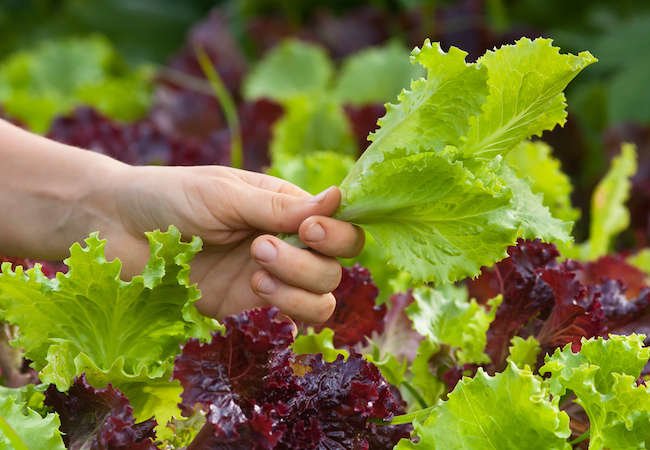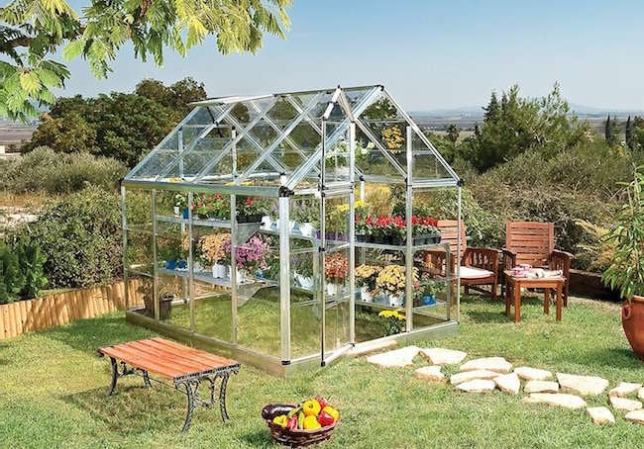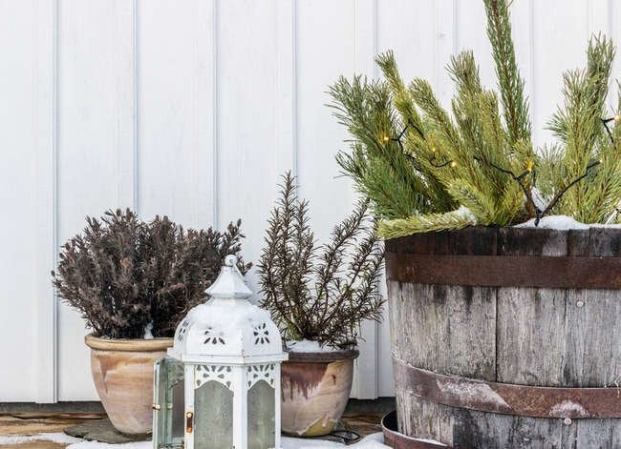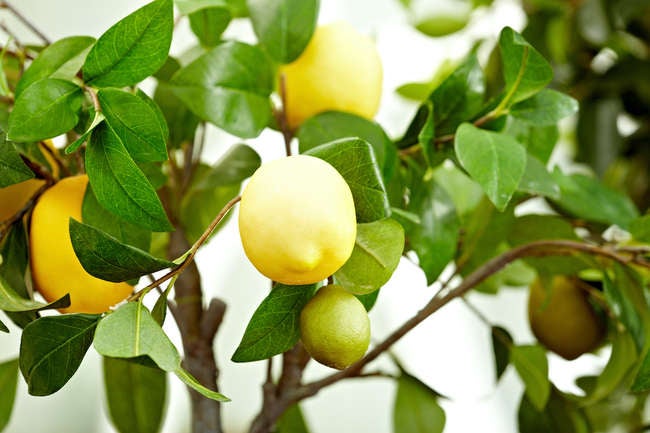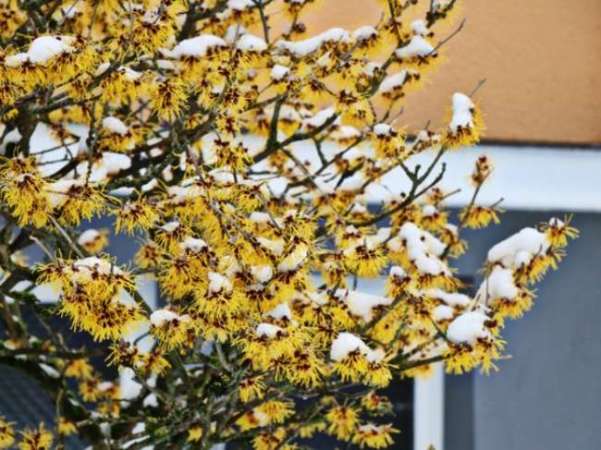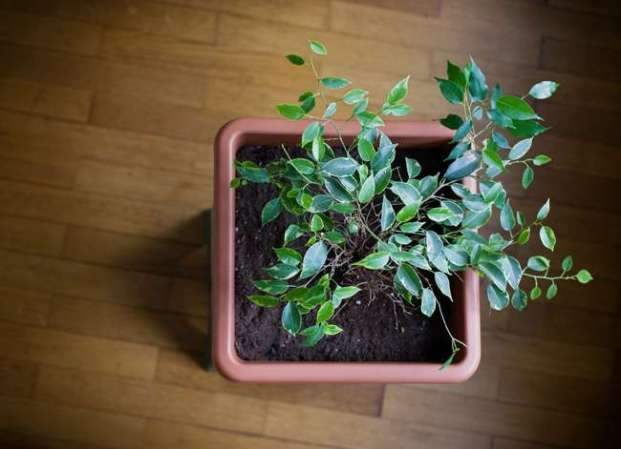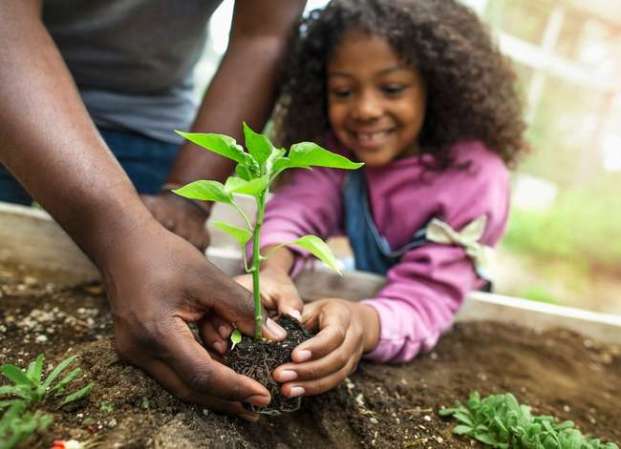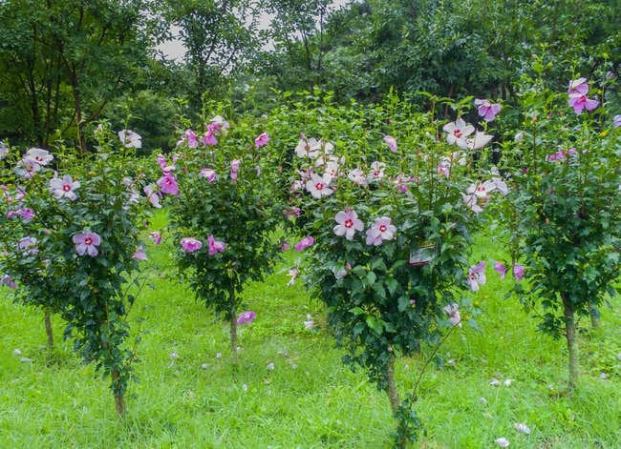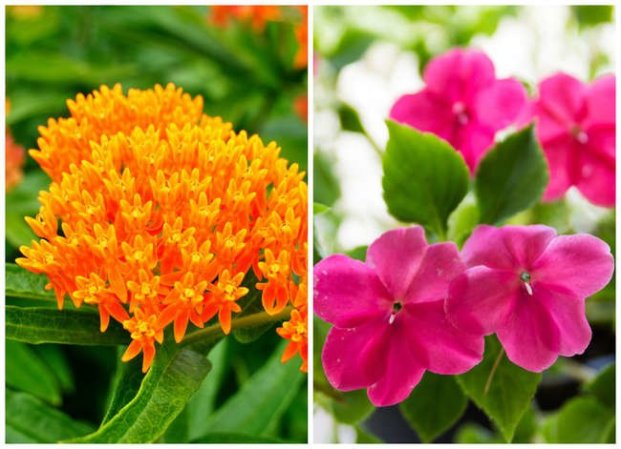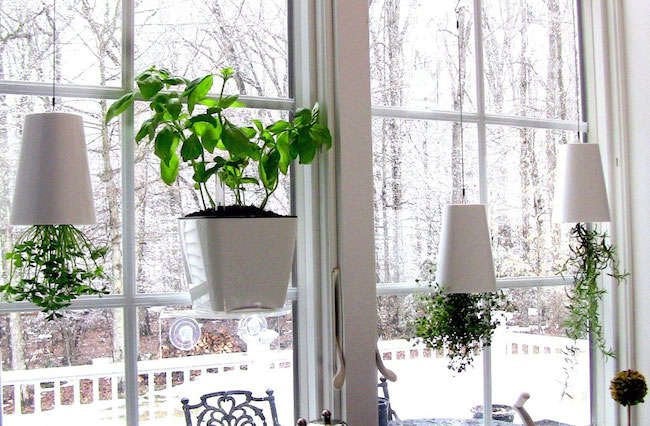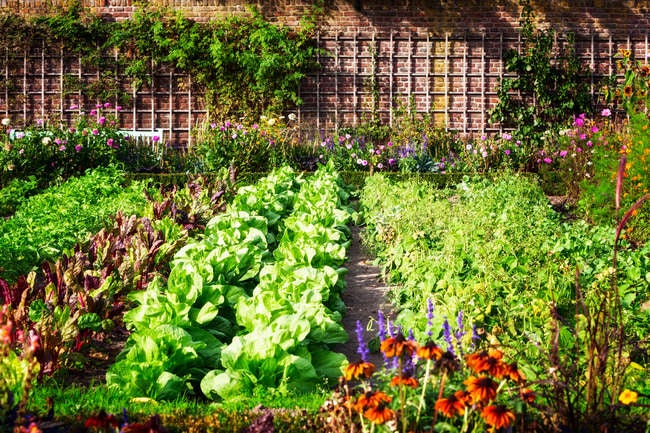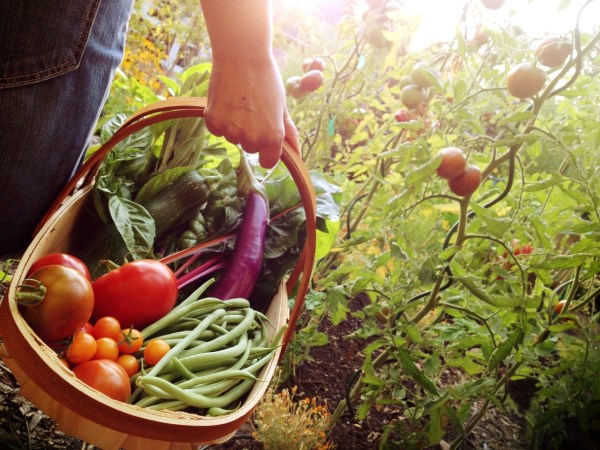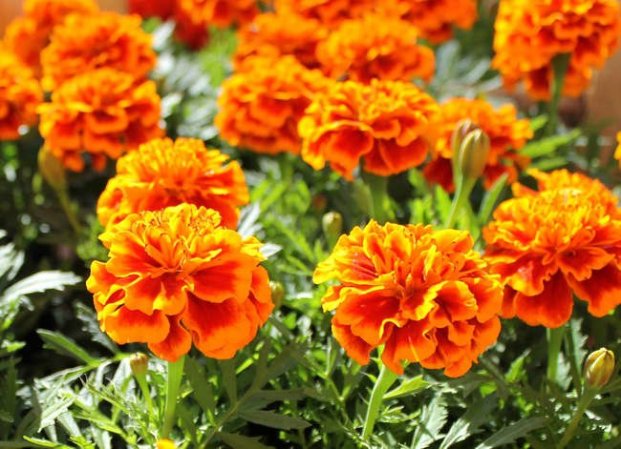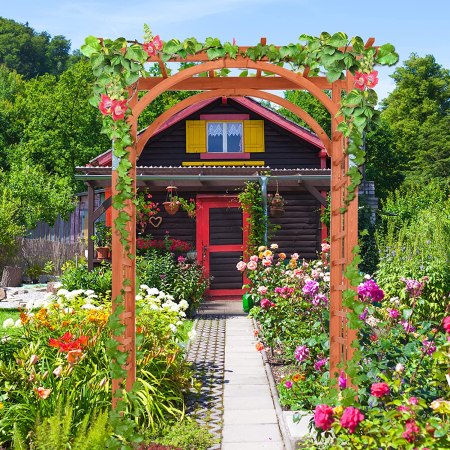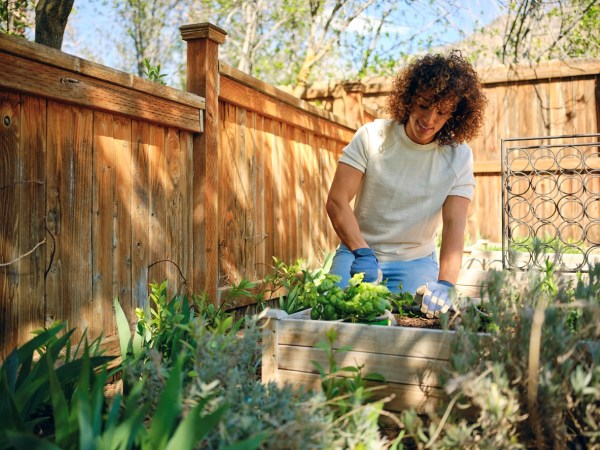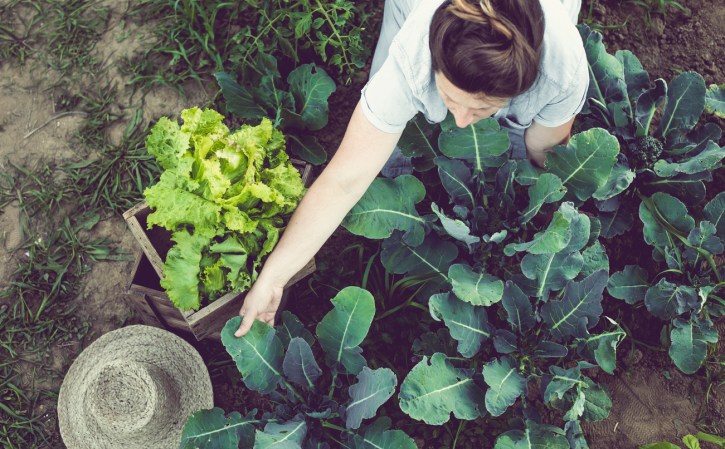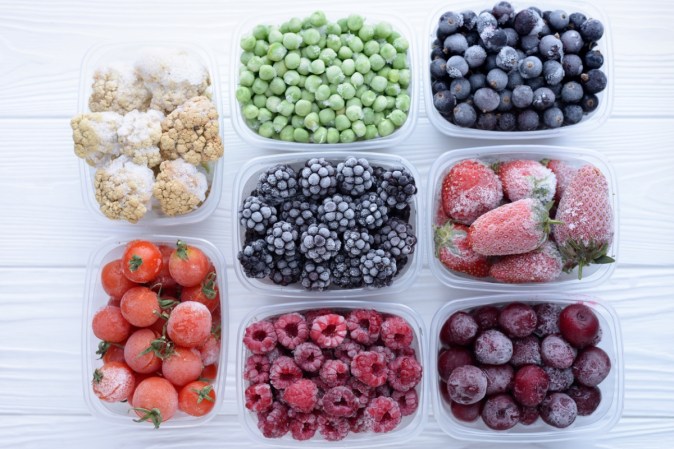We may earn revenue from the products available on this page and participate in affiliate programs. Learn More ›
Bush Beans
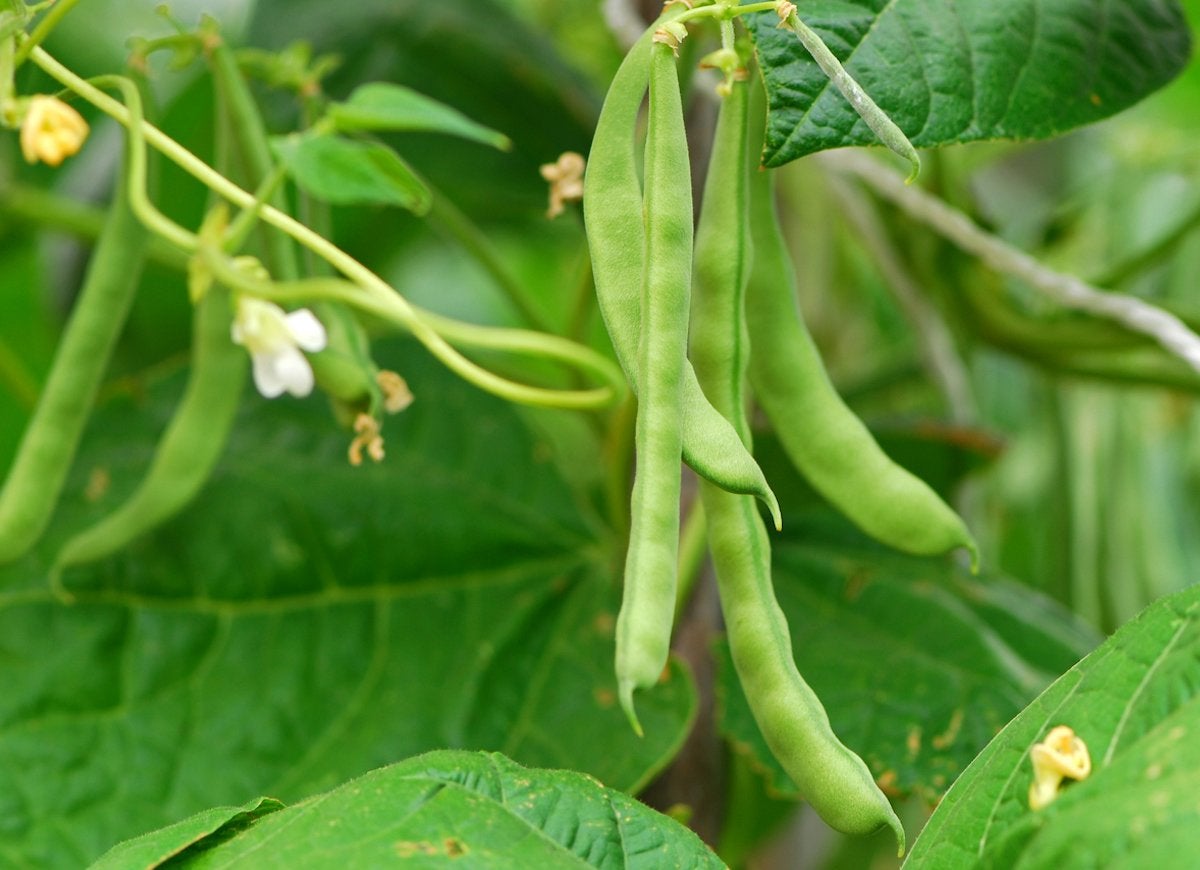
Bush beans are by far the most popular beans for home gardeners. They grow on compact, bushy plants, so they don’t need stakes, poles, or trellises. Just plant, and in seven to eight weeks, you’ll have a tasty crop that’s ready to pick and eat. Plant bush beans every two weeks, and you’ll have fresh beans on your table all summer long, with plenty to freeze or can for winter.
Radishes
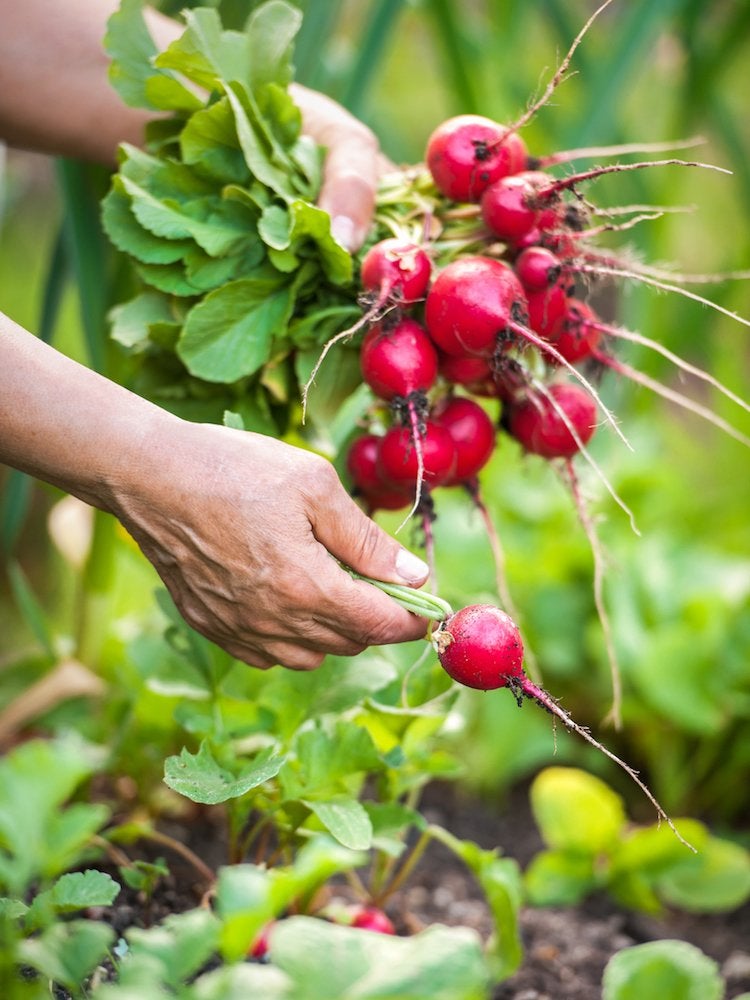
Radishes are as close as you can get to instant gratification in the garden. They are superfast growers and can mature in as few as three weeks! They’re best harvested when they are crisp and mild, so don’t let them linger in the garden too long. A little radish in a salad goes a long way, so do a search for new recipes to find creative ways to use the bounty.
Spinach
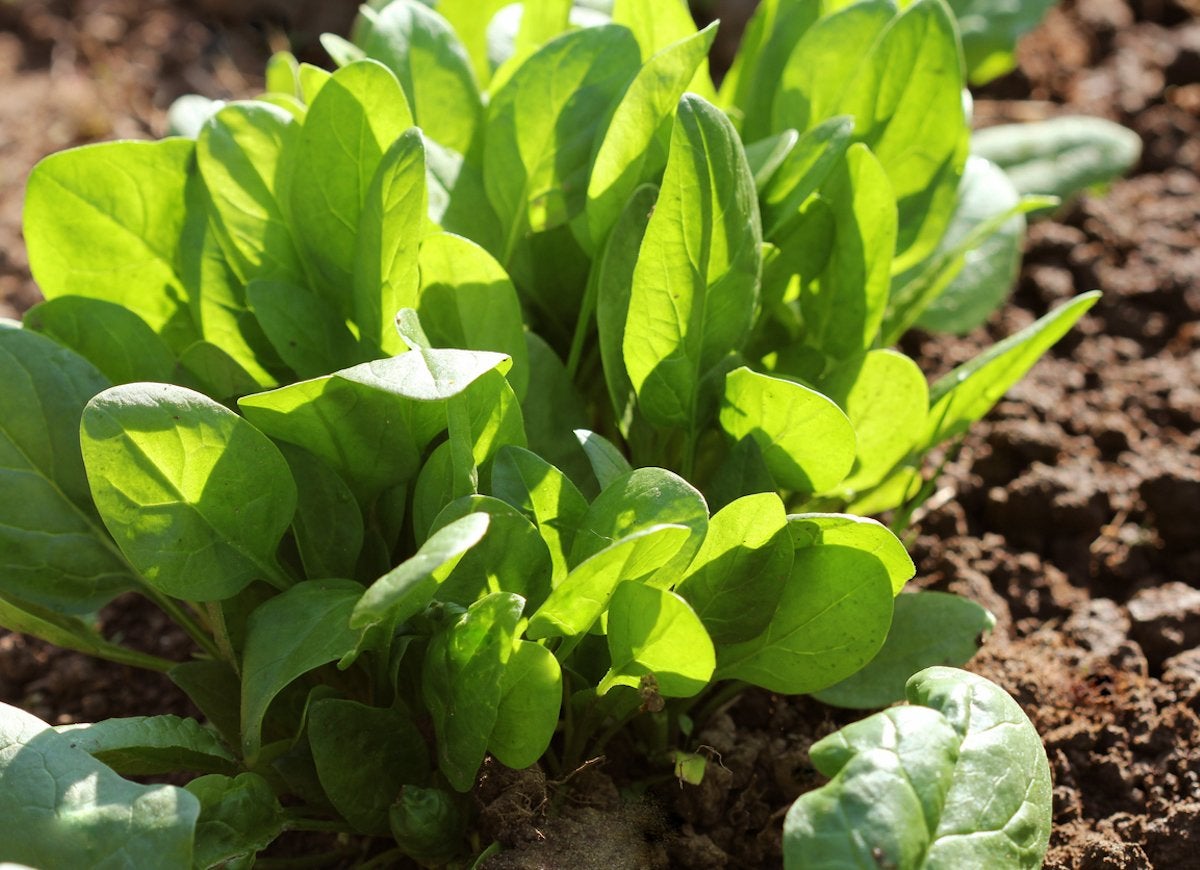
Growing spinach is very easy, making it a great crop for first-time gardeners. This fast-growing plant yields a lot of leaves in the mild weather of early spring and fall. It tolerates cool temperatures, even below freezing, and can overwinter in warmer climates. You’ll know it’s ready to pick when it looks big enough to eat!
Salad Greens
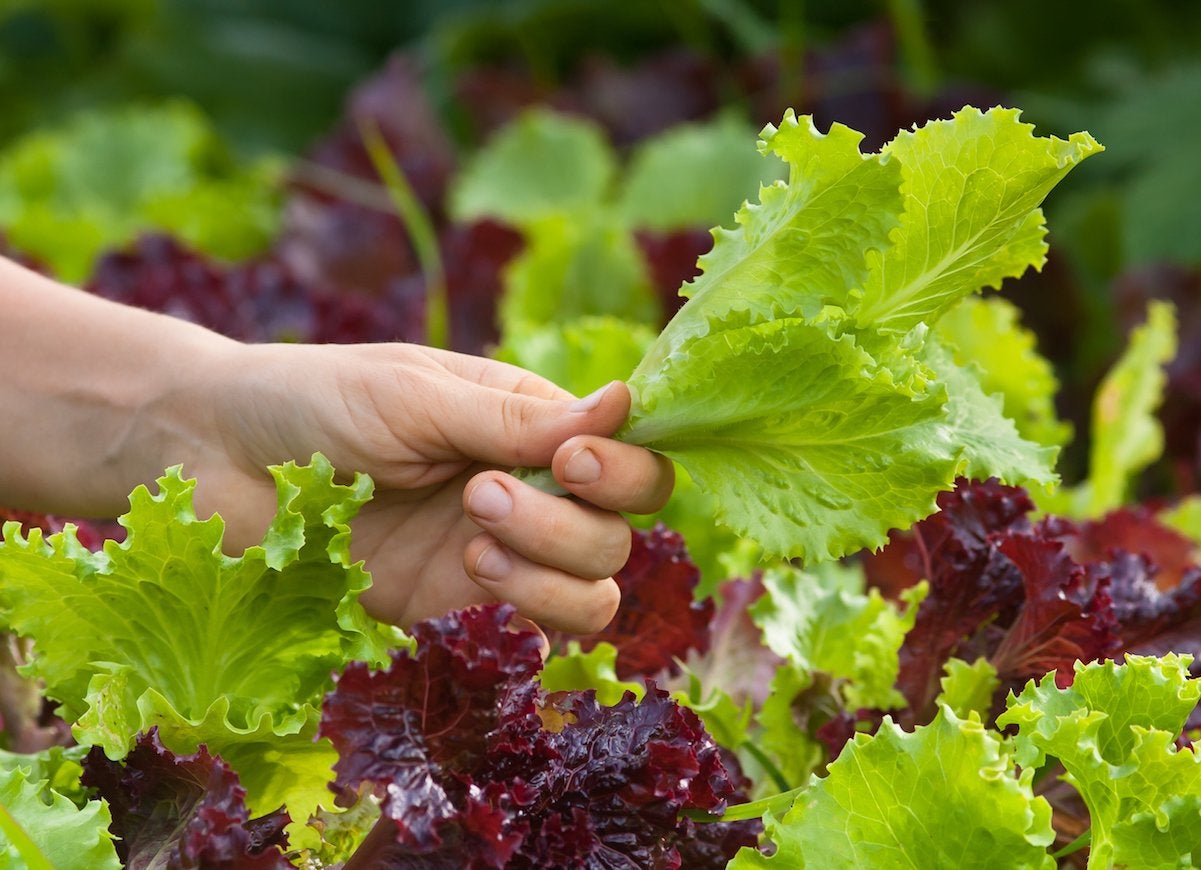
Mixed greens can be grown pretty much anywhere, even on a windowsill. Lettuce is a cool-weather crop and can be grown in both spring and fall. It doesn’t mind being crowded, so grab a pot, and sprinkle those seeds in generously. Thin the crop out when some leaves are big enough to eat, then continue to snip leaves as needed until the plants bolt—send up flower stalks. If you’re feeling ambitious, save some of those seeds for next season.
Broccoli Rabe
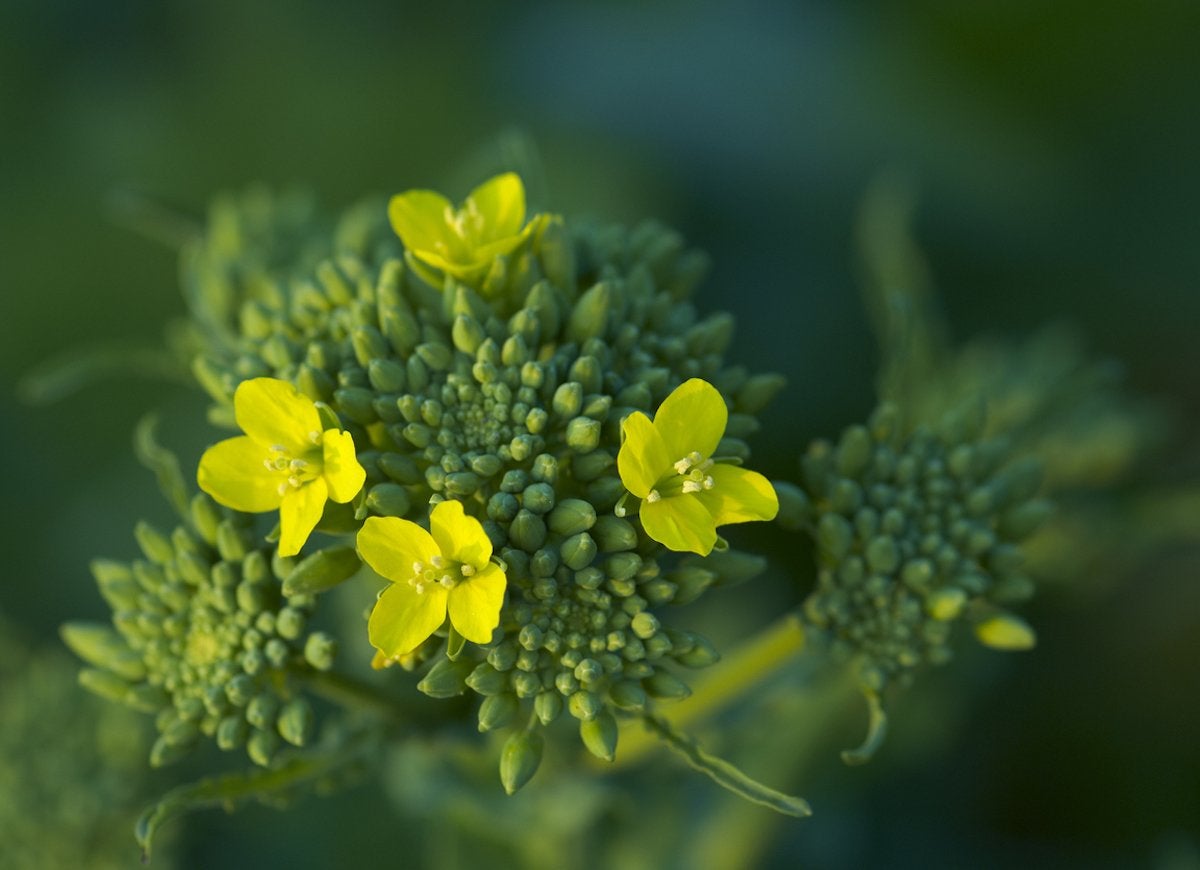
Broccoli rabe is another easy cool-season vegetable that deserves a spot in your garden. The only thing new gardeners need to be aware of is that it bolts very quickly, so harvest as soon as you see the flower buds appear, cutting about five inches below the buds. A new shoot will grow near the remaining stem, and that can be harvested too. Plant in early spring and in fall, and enjoy.
Swiss Chard
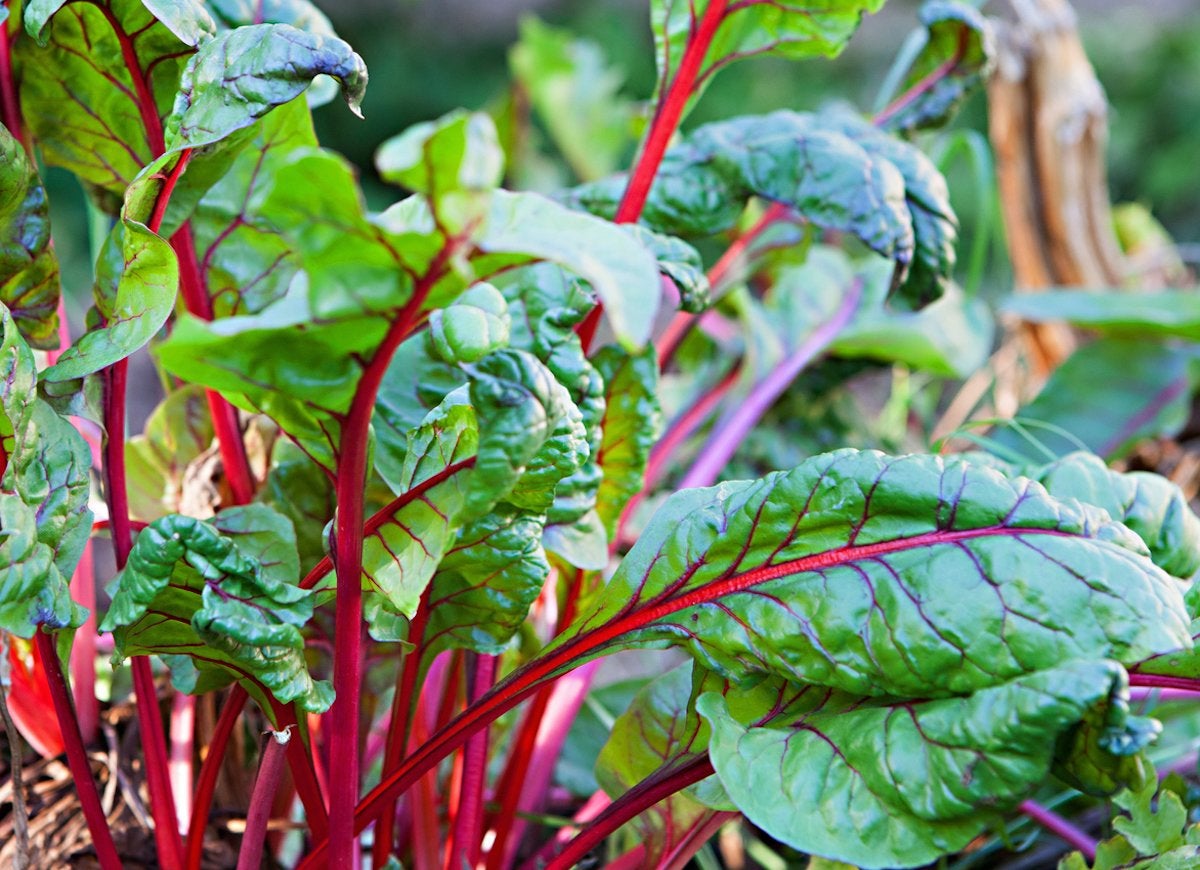
Swiss chard is a hardy grower as well as delicious, nutritious, and colorful. Swiss chard is related to spinach and beets, and its leaves can be substituted for either. The white variety is more productive than the colored ones, but you can’t beat rainbow Swiss chard for its ornamental value both in your garden and on your plate! Another cool-weather crop, Swiss chard can be planted in spring and fall.
Zucchini
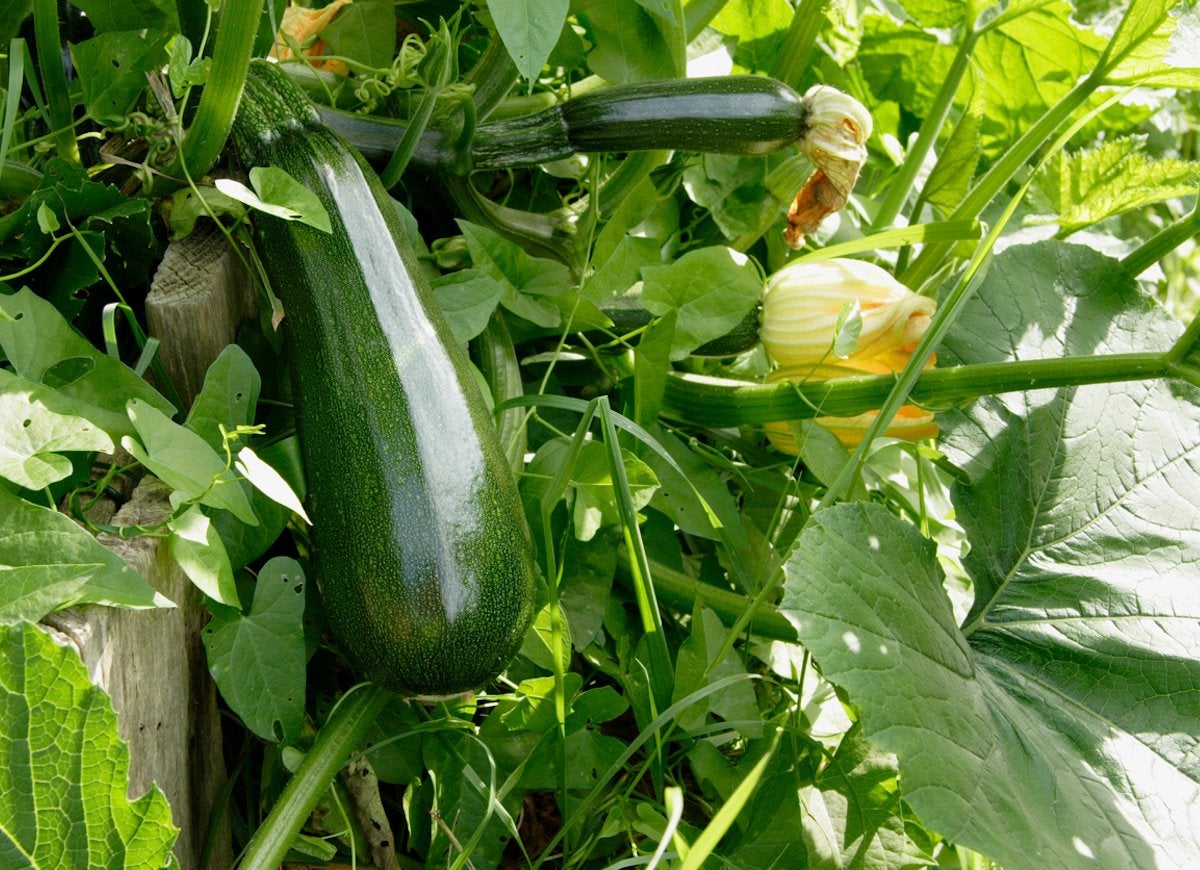
edible-gardening.com
Zucchini is an ideal veggie for a first-time gardener, because it is incredibly easy to grow. Though it requires a lot of space, it doesn’t require a lot of patience. Once fruit sets on the plant, it grows faster than you can imagine—growing to maturity, literally, in hours!
Rhubarb
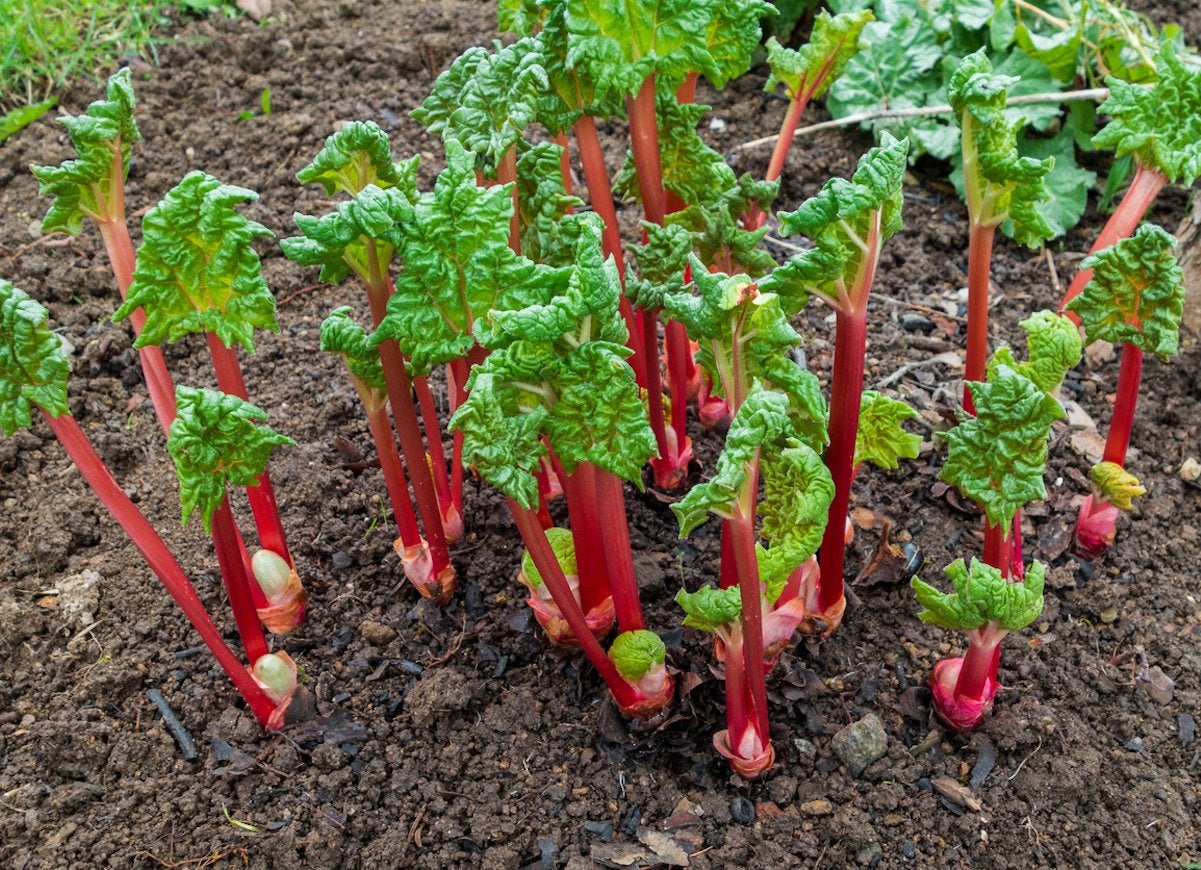
Rhubarb is drought-resistant and winter-hardy, and it is free of most pest and disease problems. It grows well in cooler climates, especially in the northern United States and Canada. It’s perennial and will continue to grow for 8 to 15 years, though you should refrain from harvesting anything the first year to give the plant time to establish. It can thrive despite neglect, which makes it perfect for inexperienced gardeners.
Basil
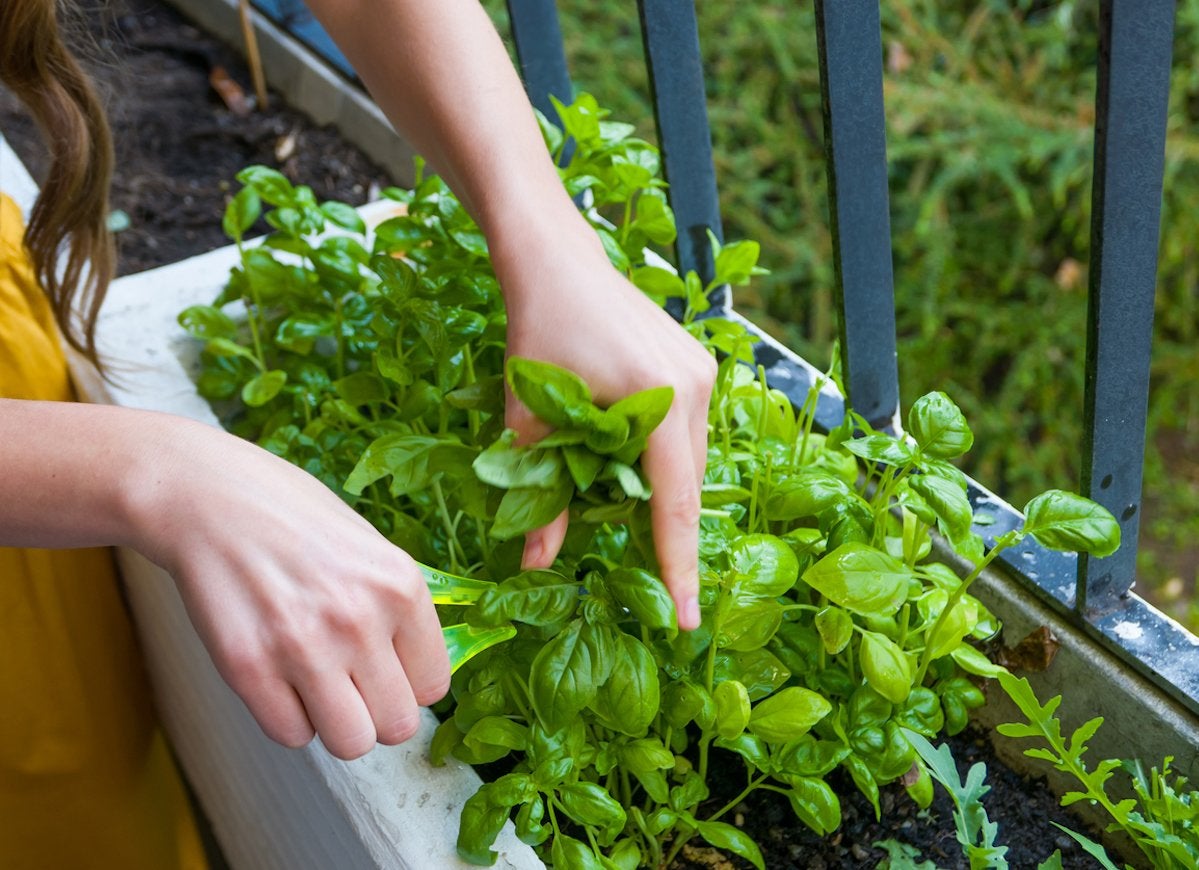
Herbs are extremely easy to grow, and basil may be one of the most popular. It not only smells and tastes delicious, it looks beautiful in the garden and is lovely as an addition to landscaping. One warning: It is very frost-sensitive, so be sure to wait until temperatures are consistently above 50 before planting outside. Basil is also terrific in containers, but be sure to water regularly to keep it from drying out.
Kale
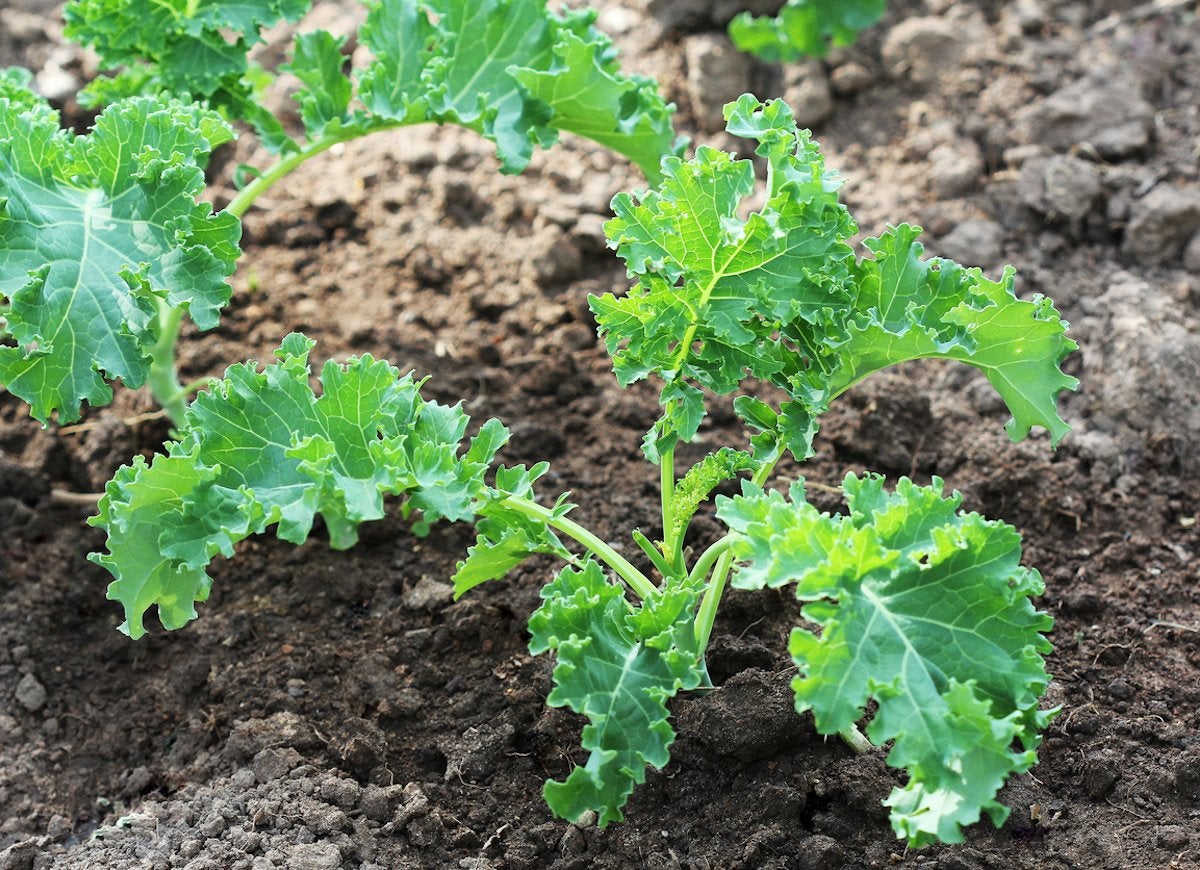
Kale is an easy-to-care-for, cold-hardy green. In fact, its taste benefits from a little nip of frost. You can enjoy this leafy vegetable raw in salads, or steamed, stir-fried—even roasted. Kale chips are the new crunchy munchy. Harvest leaves from the bottom, and leave at least four growing from the crown so the plant will continue to produce.
